Written by Gabriel Serrano Denis
Recent surges of independent horror on streaming platforms and festival circuits have made it so that certain films end up hidden in the shadows of critical darlings. Not that the films garnering attention are undeserving of it, but the current landscape is such that the volume of movies available for consumption tend to bury equally-deserving films under a pile of “content”. In this context, the fact that Jayro Bustamante’s 2019 film La Llorona remains so potent 5 years later is a testament to the Guatemalan production’s hold on viewers looking for horror with a political bent.
Having found a home with niche horror streamer Shudder, La Llorona, about a former dictator and his family haunted by the vengeful ghosts of the past, was one of those rare horror films that found love with critics and horror fans alike. It even earned a spot in The Criterion Collection’s ever-growing selection of horror-specific DVD and blu-ray special editions. With this pedigree, Bustamante returns with another challenging political horror fable, this time leaning towards dark magical realism and the ghosts of more recent atrocities.
Rita, which had its US premiere as part of the 2024 Brooklyn Horror Film Festival, is Bustamante’s love letter to the dark side of fairytales that also presents itself as a political affront to the systems that continue to fail young victims of sexual abuse. Early on, Rita (Giuliana Santa Cruz) immediately assures the viewer that this story will not end like most fairy tales, specifically because reality won’t permit it. As she arrives at a state-run facility for seemingly lost girls, Rita catches glimpses of packs of young girls running like wild beasts through the woods, eerie black-veiled ghosts, and is initiated violently into her own group of child angels.
Slowly, Rita navigates the facility filled with fairies, wolves, rabbits, angels, and specters, with her anti-social and tough demeanor as tools for survival. However, these “creatures” prove to be not much more than cast-outs and abused girls in costumes befitting their specific ordeals. The true monsters, after all, are the guards and social workers (demons and witches) that further abuse and victimize the children. Soon enough, Rita learns that the only way to survive and, hopefully, escape is to accept her part in the group and fight back against the oppressors. This includes some shocking moments and revelations of sexual abuse and sex trafficking happening within the orphanage walls, which Bustamante handles with expert maturity despite the uncomfortable situations the young girls put themselves in.
A sort of Pan’s Labyrinth meets The Shawshank Redemption, Rita separates itself from Guillermo Del Toro’s brand of horror/fantasy by positioning the real and the fantastic in the same plane. Rita’s world is all too real, a fact that plagues the characters throughout the whole film. The fantastic elements are treated as mundanely and matter-of-factly as the revelation that Rita has already been through two abortions at the age of 13. Bustamante, working from his own script this time, blends supernatural horror with real-life tragedy deftly, using the true story of the 2017 death of 41 girls at a Guatemalan orphanage as the catalyst for the pursuit of truth and justice.
The film’s cinematography, by Inti Briones, is another boon that mixes stark realism with a magical hue of strangeness and horror. Bustamante forgoes the elegantly composed shots of La Llorona for a more handheld and in-your face approach. Nevertheless, Rita remains as striking as La Llorona, with Briones taking full advantage of the facility’s decrepit, dark hallways as much as the densely wooded surrounding areas. The supernatural feels organic, and the organic is magically heightened. There’s an odd beauty to the film’s aesthetic, the rough-hewn and DIY nature of the colorful costumes clashing with the harsh concrete of the orphanage, a visual signifier of perfect defiance that Bustamante and Briones conjure up beautifully.
A committed cast of newcomers does an admirable job of imbuing the characters with humanity and keeping the more out-there ideas grounded. Santa Cruz as Rita pulls off the tricky task of presenting a rough and impenetrable exterior borne of years of abuse on behalf of her father while also offering glimpses of heroism and vulnerability once acceptance from her angels arrives. Equally impressive are Alejandra Vásquez Carrillo as Bebé and André Sebastián Aldana as “La Terca”, two fellow angels seeking escape and justice for all those imprisoned. Carrillo, an actress with Down’s Syndrome, is a breath of fresh air to the usual representations of ostracized children, bringing with her an attitude that is integral to the story’s stark realism. Sabrina de la Hoz and Margarita Kenéfic return after collaborating with Bustamante in La Llorona, Kenéfic a standout as a “witch” and social worker whose crooked physical performance matches her cruelty.
However, despite its noble and strong messaging, Rita’s characters unfortunately fall to the wayside as the film pushes its rallying cry to the fore. After a beautiful climactic moment, the film has to, necessarily of course, reach the point in which the fairytale is destroyed by reality. It’s a tragic and heartbreaking ending, which is foreshadowed purposefully from the beginning voiceover, but one wishes Bustamante had used his script in a less didactic way to express his rage and pleas. As it is now, the film’s ultimate goal is to awaken the viewer’s conscience and shine a very potent and necessary light at a tragedy that could be lost to time if it is not remembered and, more importantly, avenged. Unfortunately, some clumsy staging and a general lack of emotion in favor of political action robs the film of bite. And despite this, Rita is so heartbreakingly unique and visually striking that its very existence enrichens the current genre landscape. It is a bold and specific Latin American tale that needed to be told, and it continues to prove that Bustamante is a filmmaker to follow into all the dark passages he takes us through.


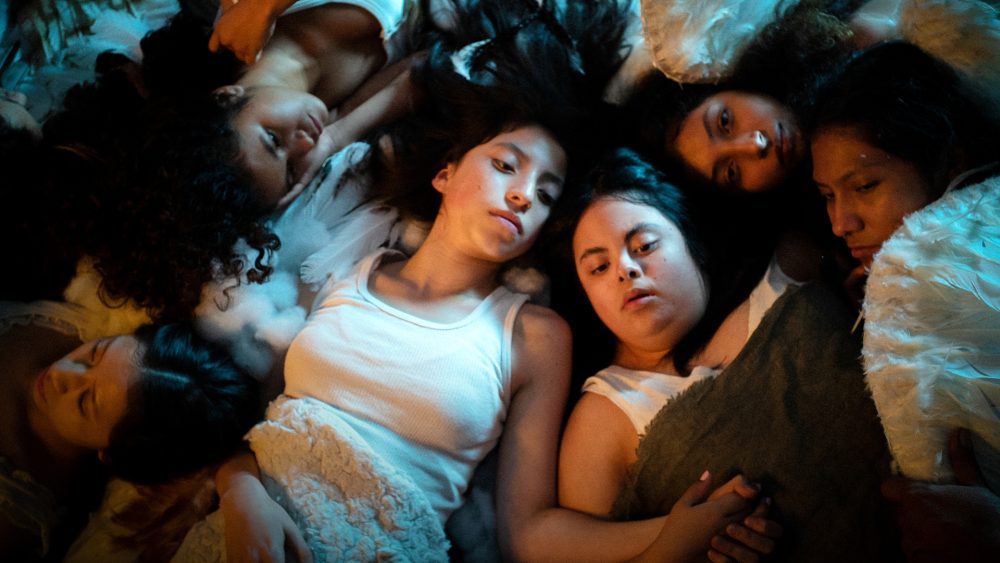
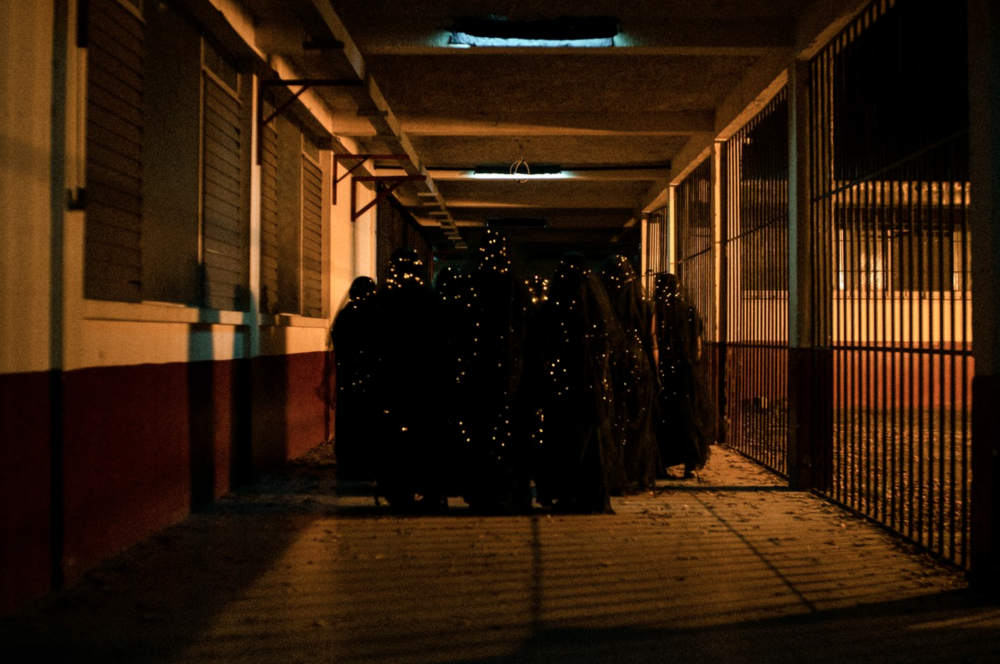


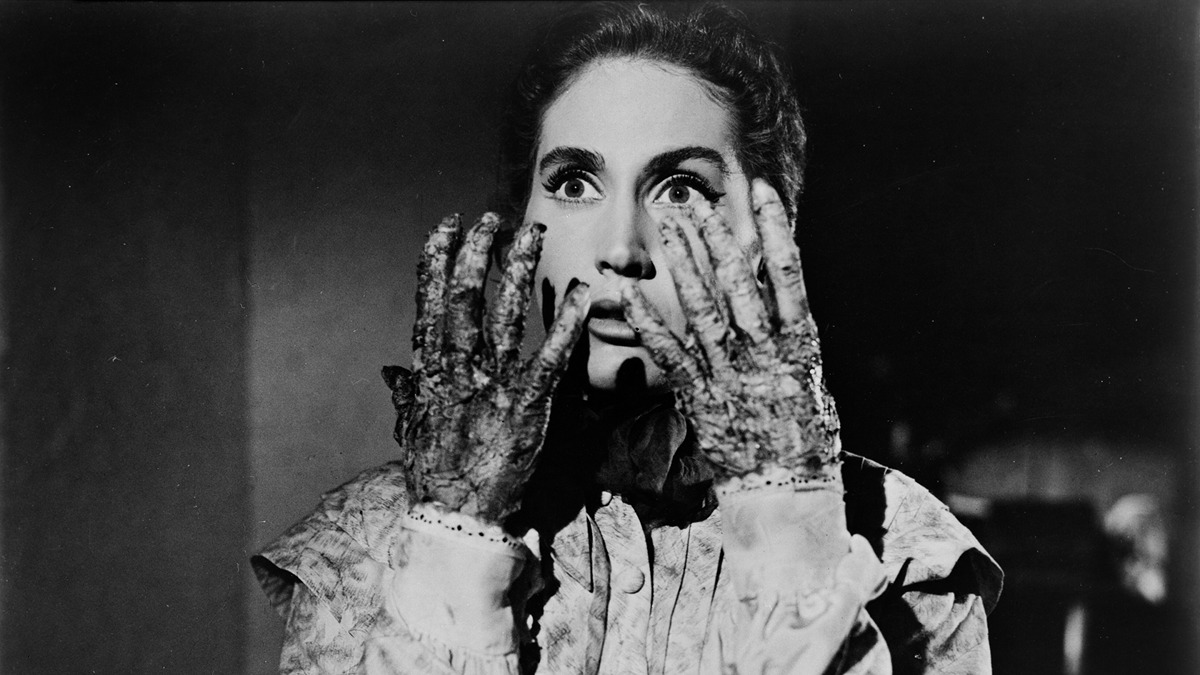
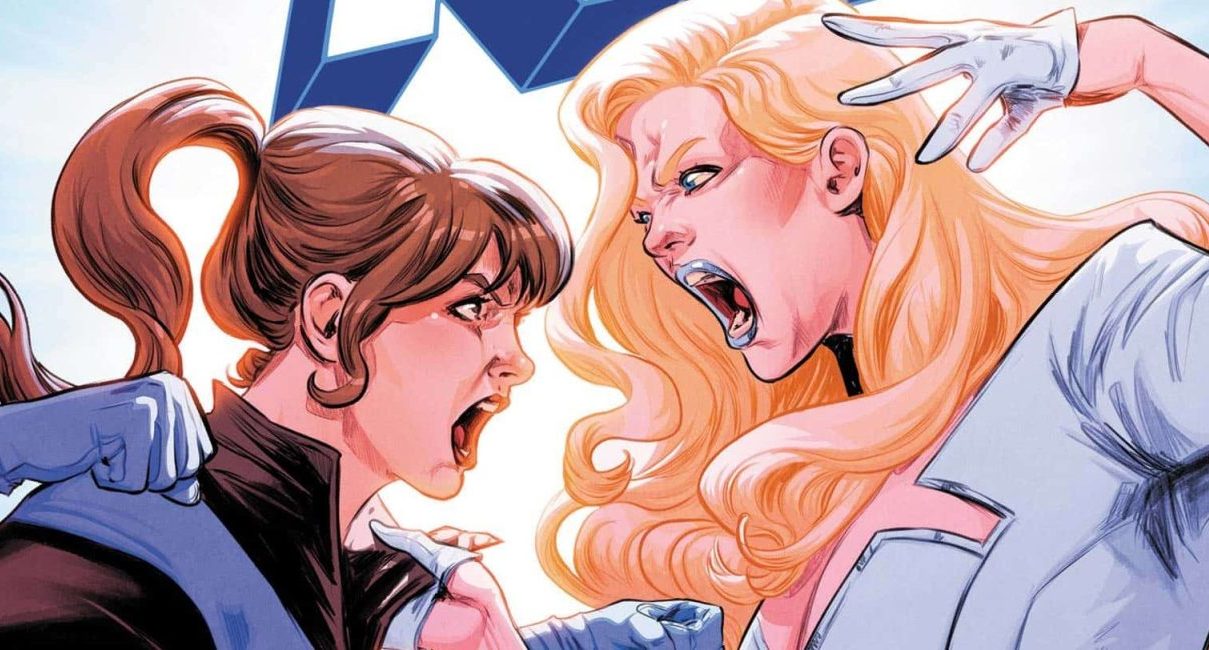
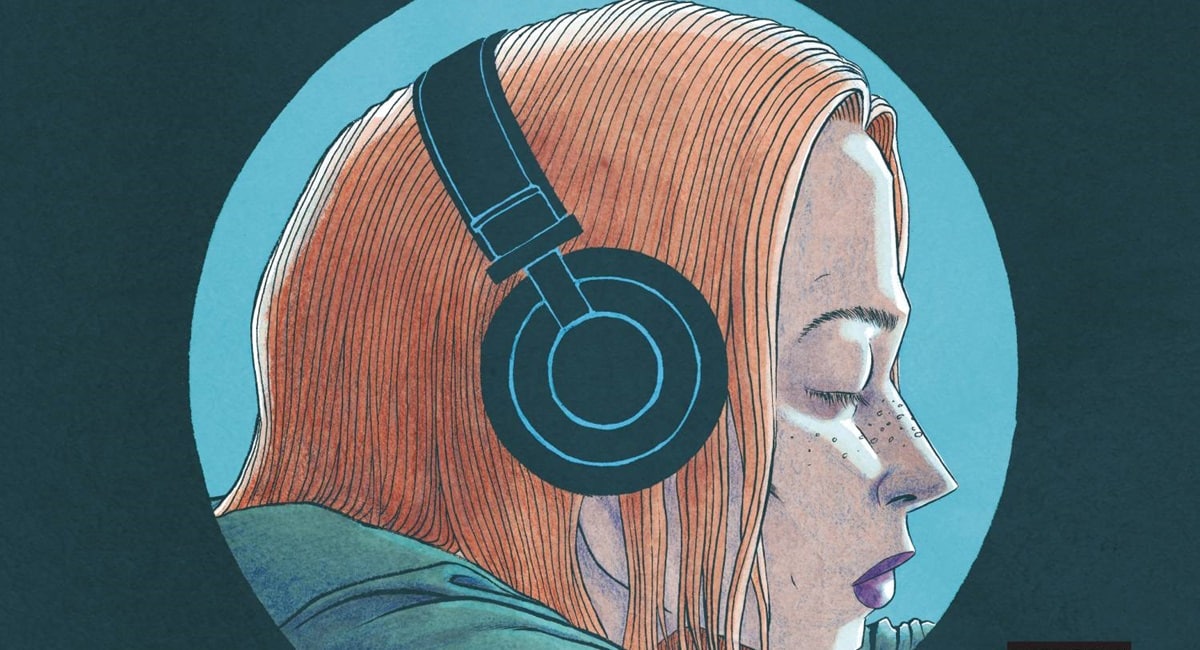
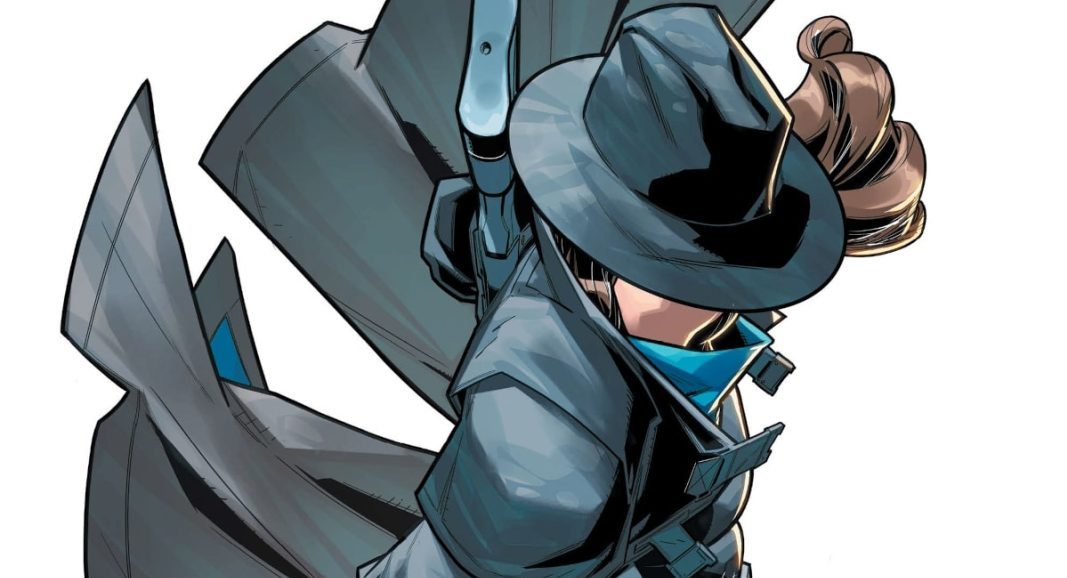
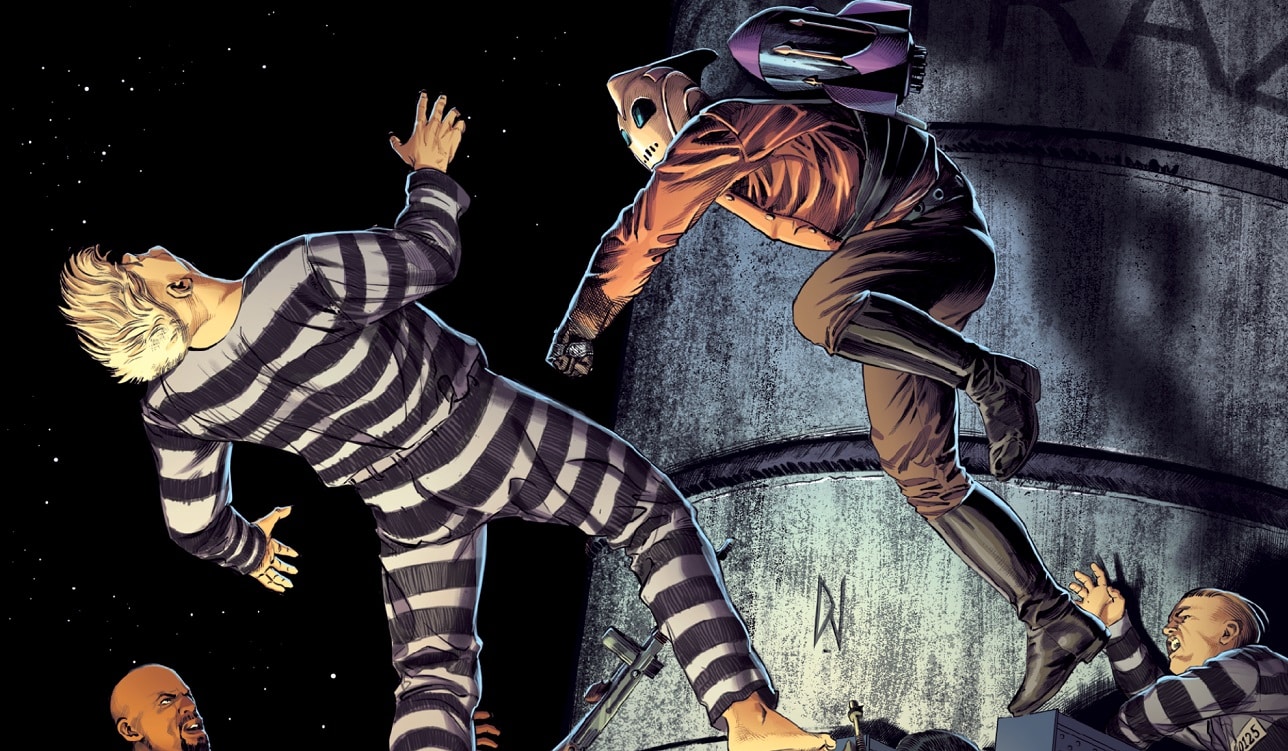












 English (US) ·
English (US) ·